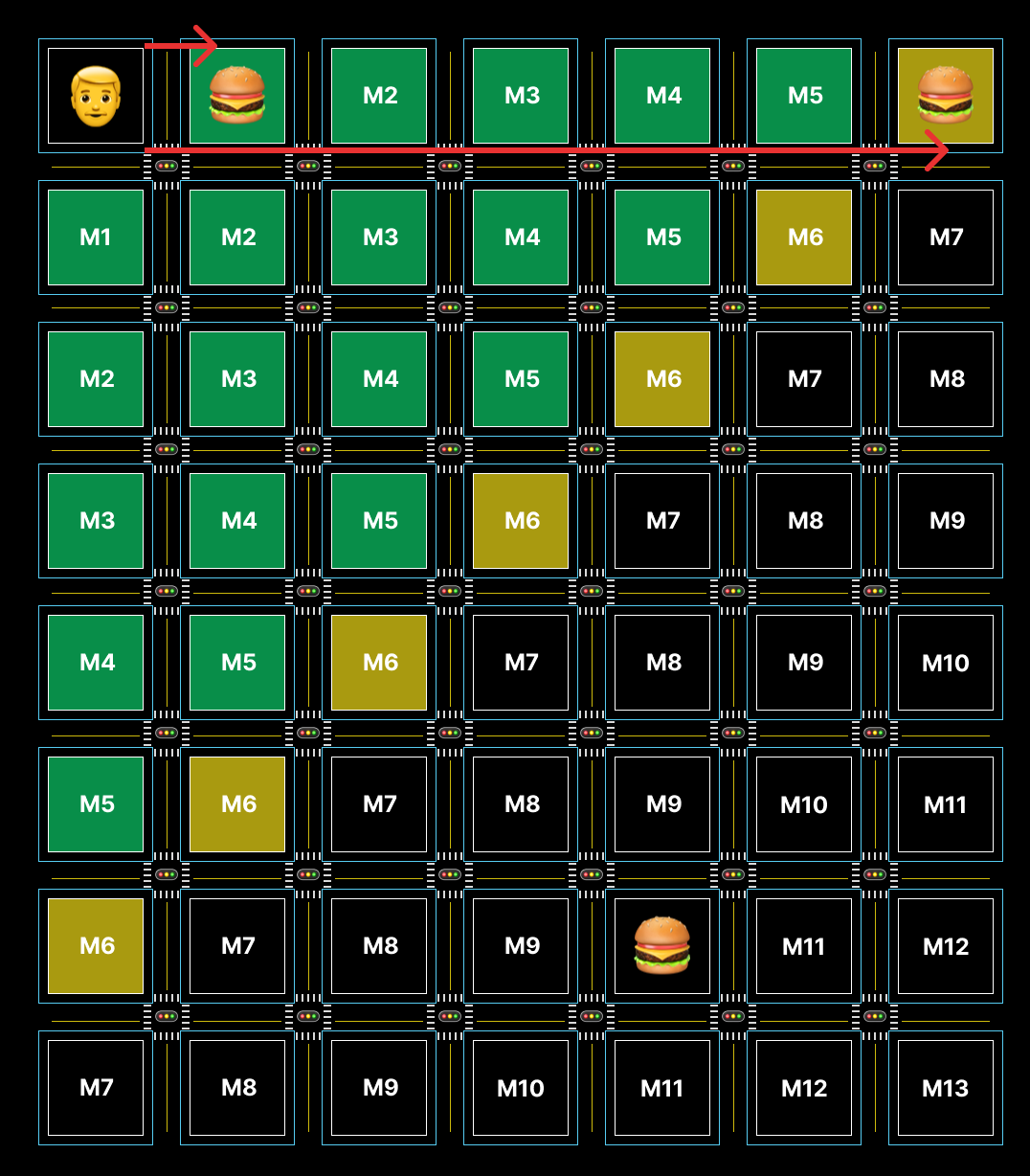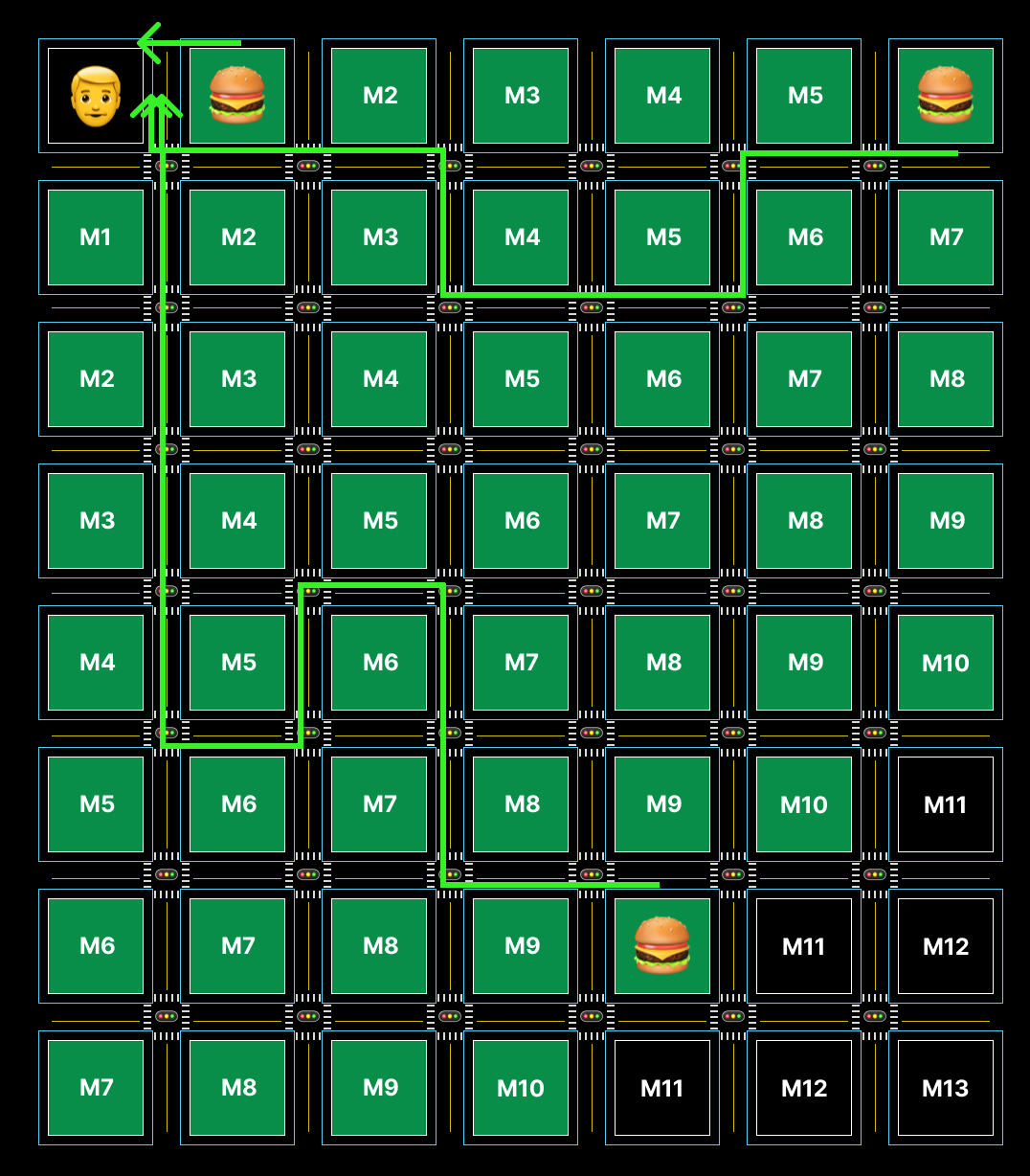#032 - PM Lessons by Meituan Co-Founder - Pt 26: Demand and Supply Factors: Online vs. Offline
8 mins read - How Internet changes offline demand-supply; Building businesses for the new demand-supply balance
👋 Hi! I’m Tao. As I learn about building products & startups, I collected some of the best content on these topics shared by successful Chinese entrepreneurs. I translate and share them in this newsletter. If you like more of this, please subscribe and help spread the word!
Factors Affecting Demand-Supply: Online vs. Offline
We’ve covered many factors that affect the demand and supply conditions of a need or an industry - space, time, market segments, and non-market factors. There remains one most important factor since we’re talking about Internet products - online vs. offline. In a given market, demand may outstrip supply in the offline world while there’s an abundance of supply in the online world. The Internet has indeed a profound impact on demand-supply conditions.
Food
Take food delivery as an example. In the past, you go to restaurants to eat. No matter where you live, the demand and supply of food are affected by space. A McDonald’s right next to where you live and a McDonald’s two kilometers away are valued quite differently by you. Depending on the location, every restaurant has an effective radius. If we were to believe in the efficient market hypothesis, then the supply of restaurants is in a dynamic balance with people’s demand for non-home-cooked food.
(Note: I’m gonna reuse the graphs from the last issue. Without food delivery, the limiting factor is your willingness to walk; you have ~1.5 burger joints available to you.)
With Internet and food delivery, the McDonald’s right down your apartment is basically the same as the McDonald’s two kilometers away. The two McDonald’s that were in balance with the demand in the offline world now may be oversupplying with Internet-enabled food delivery.
(Note: With food delivery, the limiting factor is for that much delivery fee, how far the restaurant and/or the delivery staff is willing to travel for you. Each restaurant has a bigger serviceable radius. You have 3 burger joints available to you.)
This will impact McDonald’s business in many ways. They have to rethink how big their stores need to be, the density of the stores, etc. If food deliveries were a major part of the business, the restaurant can have a bigger back of the house and a smaller front of the house. The location of the restaurant can be in a more inconvenient part of the street since they don’t need to draw in foot traffic.
This also has implications for Meituan’s business. If we already have a McDonald’s on the platform within this 1-km radius, the offline sales team doesn’t need to try and get another one. Of course, in actual operation, we may not have the spare energy to think about this. But in theory, if a company can optimize to such a level that they don’t waste energy trying to get another McDonald’s in an area when they already have one, they would be more efficient.
Food delivery will make McDonald’s business more efficient as well. They can open delivery-only stores that don’t need front of the house and don’t need prime real estate to draw in foot traffic. The stores can also be designed for express checkout for the delivery personnel.
"You're not in the burger business; you're in the real estate business." - Harry J. Sonneborn (McDonald’s first president & CEO)
Shopping
Take e-commerce as another example. When we shop things offline, whatever is it that we buy, we’re limited in how far we’re willing to go to get it. We’re also limited in our ability to query items physically. These two limitations result in three outcomes, two of which are failures:
There’s no supply of such a good in your actionable radius. (failure)
You can’t find it even if there’s a supply. (failure)
You find what you want. (success)
After Taobao moved all these goods online, the actionable radius doesn’t matter anymore. As long as it’s not something you need immediately, even if there’s just one supplier in the entire country, you’ll be fine. As such, it results in a severe oversupply in the online marketplace while the offline world is in dynamic balance. The advent of the Internet industry and its development has broken the demand and supply equilibrium of the past. As it’s being broken, a new equilibrium is built with new business forms.
Building New Business Forms: Meituan Delivery Case Study
Path dependence is Newton’s First Law in business
When Meituan just started our food delivery business, most of our offline sales team came from our group buy business. In our group buy business, our initial guiding principle was “mad visits, mad deals” (Note: Figurative meaning - visit as many merchants as possible, list group buy deals as early and as many as possible). This in essence is to relentlessly increase the supply.
Our first target customers for food deliveries were college students. When we hit the campuses, I felt the “mad visits, mad deals” strategy wasn’t working. I told the team, we have to break our path dependency - “mad visits, mad deals” doesn’t work on campuses. But it was to no avail, people didn’t listen. The force of path dependence was too strong.
This is a pattern in cognitive psychology - [confirmation bias]. People only want to listen to things that are congruent with what they already believe in, and they tend to ignore contrary data. When an article is lauded on the Internet, it’s usually not because it taught people something new, it’s because it confirmed what they already believe in. Path dependence is Newton’s First Law (i.e. the law of inertia) in the business world.
As such, I tasked one city manager to open in a new city, and they can only open in one school. He recruited 6 salespeople to operate in the school. The salespeople continued on with the “mad visits, mad deals” mantra. But after a while, the orders remained flat.
Remember that Meituan and Ele.me were very different back then. Ele.me had already established a foothold offline. They were helping the restaurants to manage their delivery orders, so the restaurants they were bringing online already have delivery demand. They were operating in just 12 cities. Meituan however immediately started off with 20 plus cities, some of which Ele.me didn’t think were suitable for food delivery.
This particular school that we experimented in had hadn’t much exposure to food deliveries, so there was no demand. Then we onboarded so many restaurants from the get-go. Each restaurant had very few orders.
At that time, the delivery service was provided by the restaurants themselves, not the platforms. For restaurants that serve foot traffic, chances are they don’t have spare manpower to provide deliveries. As such, the restaurants would prioritize the in-store customers first - they were greater in number and they have more interactions with the restaurants.
Here we have a negative feedback loop. Few food delivery customers mean few orders for the restaurants. → The insignificant business results in poor service from the restaurants. → Poor service from the restaurants results in a negative product experience for food delivery platforms.
Chase the Right Rabbit
At the time, the Chengdu city manager did something different. They opened in one school and only listed eight restaurants, and then spent all their energy doing promotions in the school - handing out flyers, giving out discounts, etc. He told the restaurants, “Tomorrow you’re gonna tons of orders flooding in, you’d better hire some help.”
Due to the aggressive promotion, the order numbers start to show. Since only eight restaurants were listed, each one of them got a significant number of orders. These restaurateurs then realized the strong demand for food deliveries.
After each day, the team would evaluate which restaurants didn’t provide a good delivery service to the customers and would advise them to improve. Then Meituan would do another round of promotion. As the service improved, the customer retention rate also increased.
One iteration further, as the orders and customers’ user experience go up, more restaurants were added, but not too fast. As the number of restaurants, the number of orders, customer experience, and delivery efficiency grow in tandem, the operation began to run smoothly.
Thus, it’s critical to recognize at any phase of the business whether there’s a demand shortage or a supply shortage, as well as know how to deal with each situation. If you got it in reserve, the whole business is doomed.
Knowing this allowed Meituan to meet consumers’ demand with just a few restaurants and when the food delivery experience wasn’t that great.
Keep On Evolving
Later on in 2015, when Meituan came out from college campuses to work on the white-collar market, our sales team was already highly trained. Our core competency is “groud push”. (Note: offline sales & promotions, onboarding merchants.)
We’re at such a level that suppose we were to operate in a school, we’d know how many buildings are there, how many people are in each building, and we’d draw out the battle map, and do our sales and promotion. On the second day, we could calculate how many users we added in each building. Then based on the new users added to each building, calculate compensations for the ground salespeople. The management sophistication is very high.
Even though we were confident in our abilities, we flopped hard in the white-collar market at first.
First of all, ground sales don’t work because you can’t get into office buildings. So we stationed loudspeakers and booths near the subway entrances during the morning peaks. And we were chased away by Urban Management police.
We kept trying but the orders were not growing. Finally, we realized that the needs of white-collars are quite different from those of the students.
White-collars have a higher standard of restaurants and they have higher requirements for delivery speed. In addition, a high percentage of restaurants in the business districts belong to restaurant chains and each shop doesn’t have much autonomy. Restaurants in schools are usually self-owned. You asked them to recruit a delivery man, they can get it done in a day’s time. The branded restaurant chains, however, they’ll ask you what should the delivery staff wear and they'd need to request uniforms from the headquarters.
At this point, it’s important to switch to a supply-driven strategy (i.e. onboard those who can offer delivery options asap). Pretty soon we realized that a lot of good restaurants don’t have the ability to provide a food delivery option. Then a platform-operated delivery fleet becomes important. And that’s where we are today.
Find the article insightful? Please subscribe to receive more learnings from Chinese Internet companies and I’d appreciate it if you can leave a comment or help spread the word!






